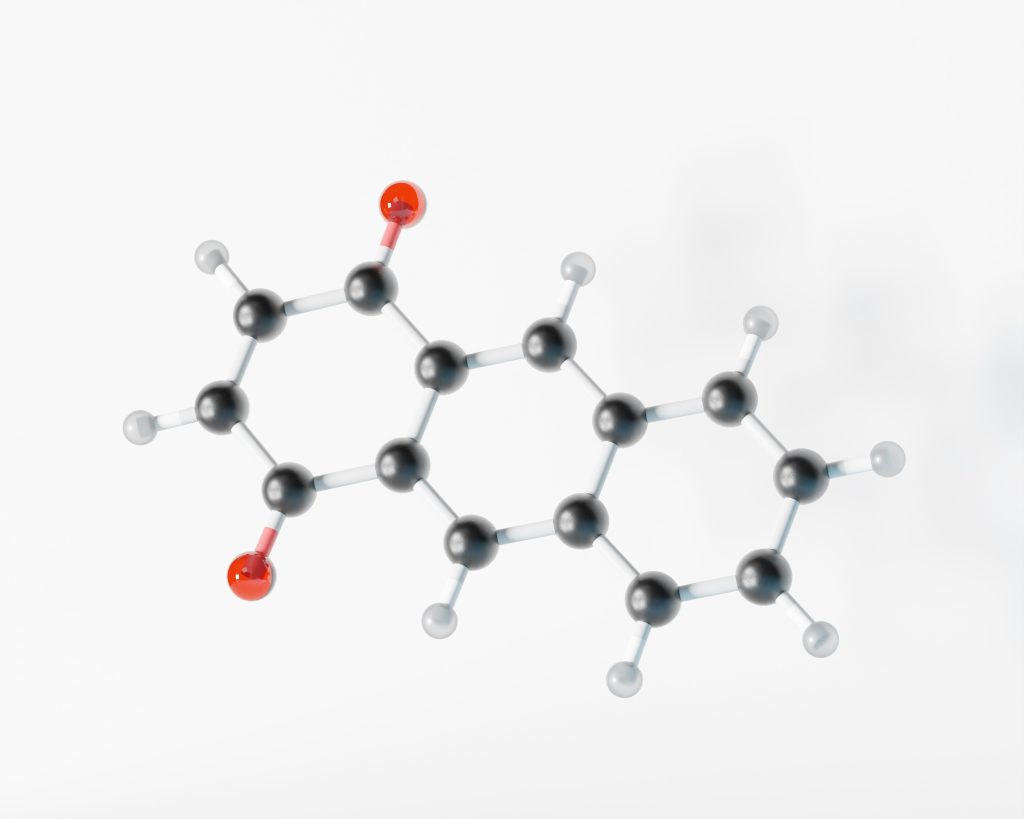News has spread globally: Robert Downey Jr., who won the Academy Award for Best Supporting Actor for his role in “Oppenheimer,” will play Doctor Doom in the Avengers saga. This villain ranks fourth on Wizard magazine’s list of top 100 supervillains and third on IGN’s website. However, the character’s evil nature is far from Robert Downey Jr.’s true personality. “Robert,” explains Fabio Fontana, CEO of Tao Technologies, “has been seen wearing our wearable laser device on his wrists multiple times. This device, developed through Italian research in nanotechnology and quantum dots, helps relieve pain and various disorders.”
Why does Downey Jr. wear this device on his wrists? The answer sheds light on the emotional challenges faced even by tough on-screen characters. “The wrist is a significant point,” Fontana explains, “especially in acupuncture. It’s the PC6 point, also known as Master of the Heart, which is used to prevent car sickness in children, regulate heartbeats in endurance sports, and, most importantly, manage intense emotions. This is something Robert Downey Jr. often experiences at the peak of his career. This stress-regulating point helps keep tensions away and improves overall well-being.” The device was first seen on Downey Jr. at the Golden Globe Awards a few months ago.
When worn on the wrists, Taopatch helps manage stress and anxiety. “These are issues we all face,” Fontana continues, “but they are especially prevalent for those constantly in the public eye. Taopatch® also benefits athletes, like Novak Djokovic, by helping them manage physical ailments. Additionally, it has shown promise in treating more serious conditions. Research published in the European Journal of Translational Myology and indexed on PubMed, conducted by Professor Giuseppe Messina’s team at the University of Palermo, has found that the wearable laser aids those battling diseases like Multiple Sclerosis.”
The study shows that the device increases Vitamin D levels, improves baropodometric measurements, and enhances grip strength in both hands. “These important results,” concludes Fontana, “make us proud and show how nanotechnology, which was awarded last year’s Nobel Prize in Chemistry, can make significant contributions to the medical field.”
Featured Photo by Ayush Kumar on Unsplash.



